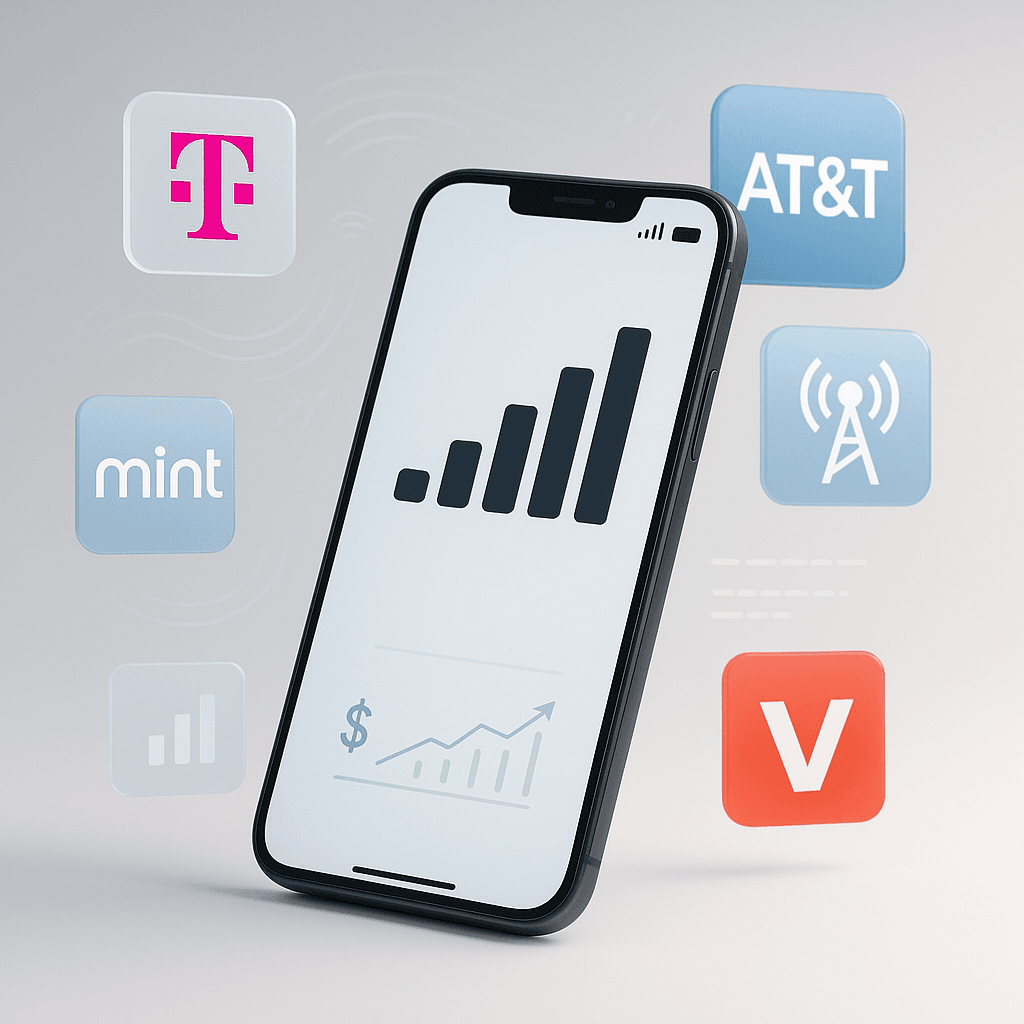The prepaid phone industry just got its biggest reality check yet. While hundreds of carriers promise cheaper service, they're all secretly borrowing from just three networks - and the fine print reveals why your data mysteriously slows down at concerts. Here's what wireless companies don't want you to know about MVNOs.
The wireless industry's best-kept secret just got exposed. Those hundreds of prepaid phone carriers advertising rock-bottom prices? They're all borrowing bandwidth from the same three networks that dominate America's airwaves.
Wired's comprehensive breakdown reveals how Mobile Virtual Network Operators (MVNOs) actually work - and why understanding the difference could save you hundreds while avoiding nasty surprises.
The setup is surprisingly simple. While T-Mobile, Verizon, and AT&T own and operate the actual cell towers, MVNOs like Cricket Wireless and Google Fi rent space on those networks to resell service at lower prices.
"Other brands may be prioritized higher on the T-Mobile network," admits Mint Mobile's network management policy. That bureaucratic language translates to a harsh reality: when networks get busy, MVNO customers get pushed to the back of the line.
The industry has transformed dramatically since the early 2000s merger wave. MetroPCS merged with T-Mobile in 2012, eventually becoming Metro by T-Mobile. Verizon gobbled up TracFone. The lines between "real" carriers and resellers have blurred beyond recognition.
But here's where it gets interesting - the cost savings are real. MVNOs slash prices by eliminating contracts, requiring unlocked phones, and cutting customer service corners. "You'll spend less with an MVNO in almost every case," according to Wired's analysis.
The catch? Network performance takes a hit when things get crowded. At concerts where everyone's posting TikToks, MVNO users notice "significant slowdown" while major carrier customers keep scrolling. In major cities during peak hours, that deprioritization becomes painfully obvious.
Data throttling adds another layer of complexity. Mint Mobile classifies "heavy data users" as anyone burning through more than 35 GB monthly, then slows their speeds during network congestion. and impose similar restrictions, though the thresholds vary.












